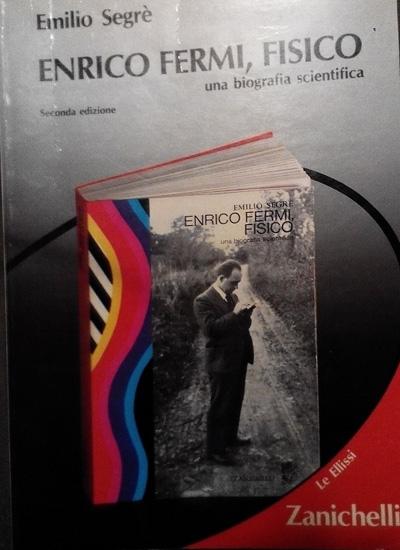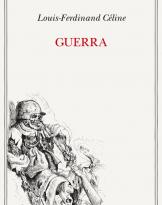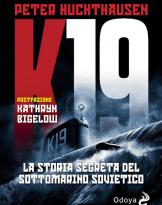I do not remember because I took the note but in any case I ordered a biography of Fermi and as soon as I arrived I put aside the books I was reading to dive into the fascinating reading of one of the most brilliant and productive men in the history of Italian and world physics.
The author of the book is Emilio Segrè, also a physicist, friend and student of Fermi.
Enrico Fermi (1901-1954) from a young age showed his firm will to study physics. He had got into the habit of going to fetch his father and a friend engineer (Adolfo Amidei) in the evening when he got out of work.
The engineer will remember a few years after the first question that young Fermi, then thirteen years old, asked him: "Is it true that there is a branch of geometry in which, without resorting to the notion of measurement, are there important geometrical properties?"
The engineer the next day lent a book to his young friend, The Geometry of Position, by Teodoro Reye. Fermi returned the book after two months and when questioned he demonstrated that he had assimilated its contents and that he was able to use the notions contained. Fermi had an iron memory that helped him in his studies and a great ability to solve the most difficult problems calmly and with simple tools then available but was above all able to explain the most complex theories in a simple and linear way and to instill confidence in his students.
Fermi demonstrated his extraordinary abilities on every occasion, succeeding in becoming a university professor in Rome at the age of just 26 years.
He took care of all the branches of physics, the study of atomic and subatomic particles but also problems of astrophysics but its importance is mainly related to the Second World War and the Manhattan project that saw him protagonist in the realization of the bomb that allowed United States of America to immediately defeat Japan. The reading of the pages of the book dedicated to this impressa are really interesting and the public discussion that followed the use of the bomb against Hiroshima and Nagasaki, which Fermi also took part in, allow us to understand the depth of Fermi Man's thinking and not just physical.
A really interesting book that has brought new notes to my agenda and new ideas for reflection.
Happy reading.
Alessandro Rugolo












